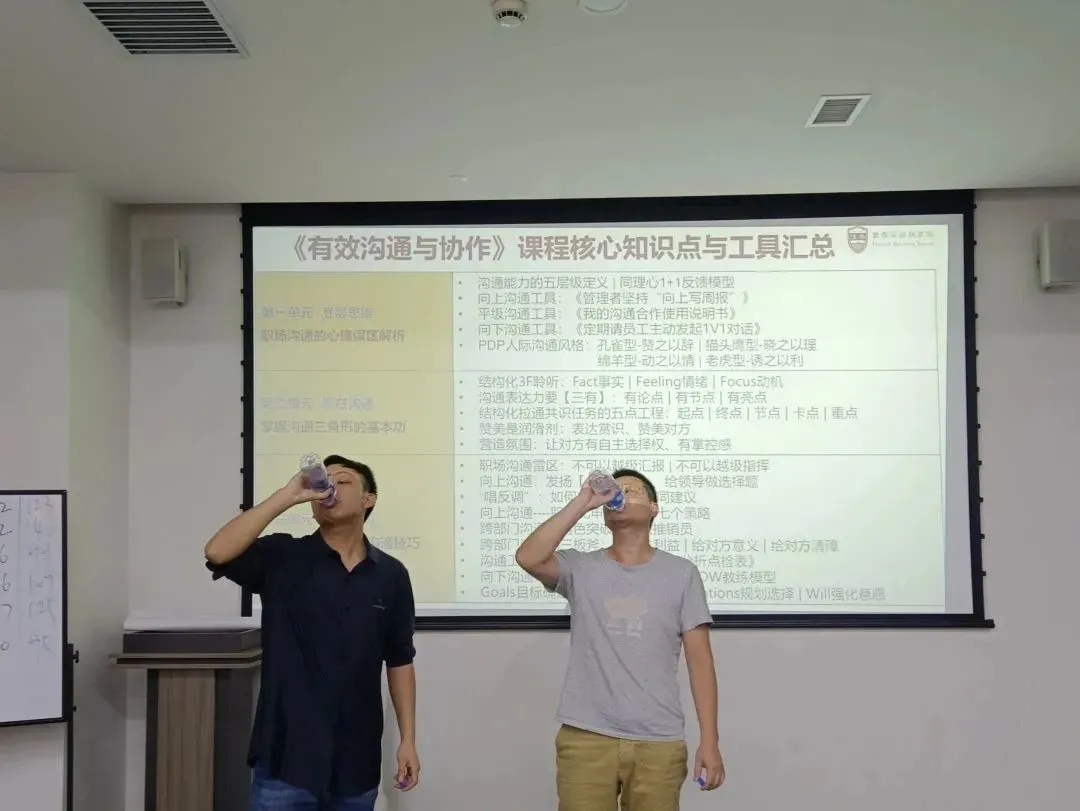Time flies. Before we know it, the beginning of the year has come to an end. On October 15, 2023, we welcomed the fifth course of the Jinghe Talent Cultivation Program Elite Training Class - "Effective Communication and Collaboration". The main lecturer of this course was Mr. Ding Jian, whom we are very familiar with. Before the class, Mr. Ding actively communicated with us and confirmed the main content of this training course: They are respectively the analysis of psychological misunderstandings in workplace communication, the basic skills of mastering the communication triangle, and the techniques for upward, horizontal and downward communication. Effective communication and teamwork are the most important contracts in today's society, and they deeply influence the life and work of each of us. From small families to large companies, effective communication and teamwork are key factors for success. For a team, how to communicate and collaborate effectively is a crucial issue. It is hoped that the trainees can master the skills and methods of effective communication through the course and apply what they have learned to their daily work immediately.
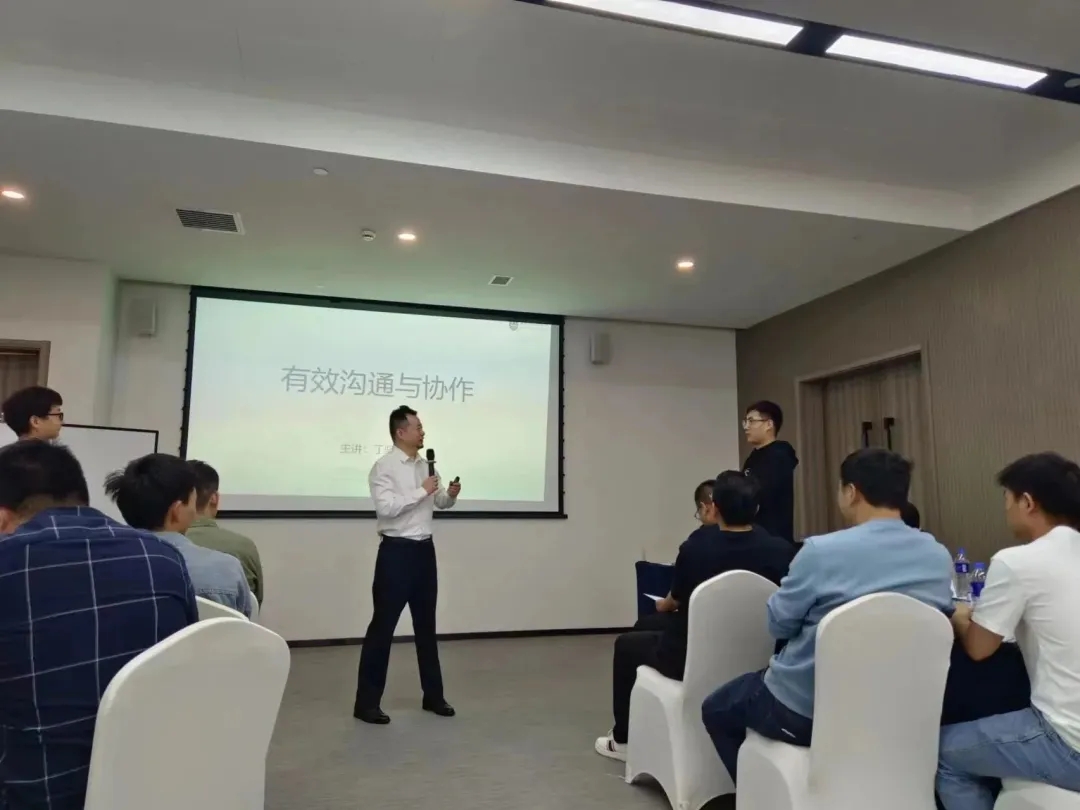
In workplace communication, we often encounter situations where our work efficiency drops due to unclear self-expression. Teacher Ding Jian specifically uses the 1+1 feedback model to conduct reasonable role simulation dialogues for employees. Then, through mutual comments, he helps everyone deeply understand the misunderstandings in communication. Moreover, by analyzing communication styles, he assists everyone in understanding themselves and the other party. How to communicate with colleagues of different personalities. Regarding practical skills for communication and expression, the teacher shared the "Three Haves" perspective, namely having an argument, a key point, and a highlight. In communication, one can experience listening. In this course, Teacher Ding used multiple tools to help everyone improve their communication skills and abilities in work scenarios. By effectively combining the problems collected before the class, the barriers encountered by everyone in daily communication with superiors, cross-departments, and subordinates were addressed. Master effective communication methods to make work easier and more efficient.
Unit 1: Fundamental Thinking
Analysis of Psychological Misunderstandings in Workplace Communication
One of the typical misunderstandings in workplace communication is that "being able to communicate" means "being articulate". In the workplace, being articulate can at most be regarded as a casual communication ability. However, workplace communication skills are divided into five levels:
Level One: Obstructive communication - the most basic auxiliary position;
Level 2: Autobiographical Communication - Technical Personnel
Level 3: Casual communication - Tradeunionchairperson and logistics staff;
Level 4: Marketing Communication - Business Personnel
Level 5: Empathetic Communication - Through empathy and empathy skills, ultimately reach a consensus between both parties.
Depending on different positions, one can focus on to which level their communication skills need to be improved. The practical tool of the "1+1 feedback Model" can be used to train the establishment of empathy.
The second typical misconception in workplace communication: being reluctant to take the initiative to communicate and being afraid of it. The teacher uses three practical tools: when dealing with superiors - insisting on writing weekly reports to superiors every week; when communicating at the same level - providing the "My Communication and Cooperation User Manual"; when communicating with subordinates - requiring employees to initiate one-on-one meetings on a regular basis, allowing trainees to handle communication at different job levels.
The third typical conceptual misunderstanding in workplace communication: Rigid communication methods, ignoring the personality differences of different communication partners, and classifying communication partners into four communication styles:
The sheep type - appeal to emotions, the peacock type - praise with courtesy, the owl type - reason with reason, and the tiger type - lure with benefits respectively introduce how to establish communication with people of these four communication styles.
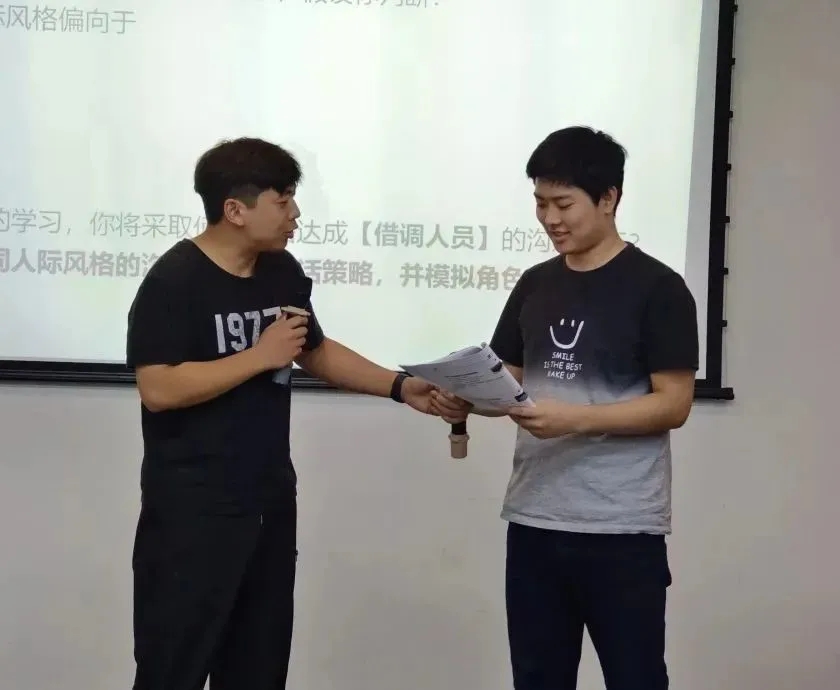
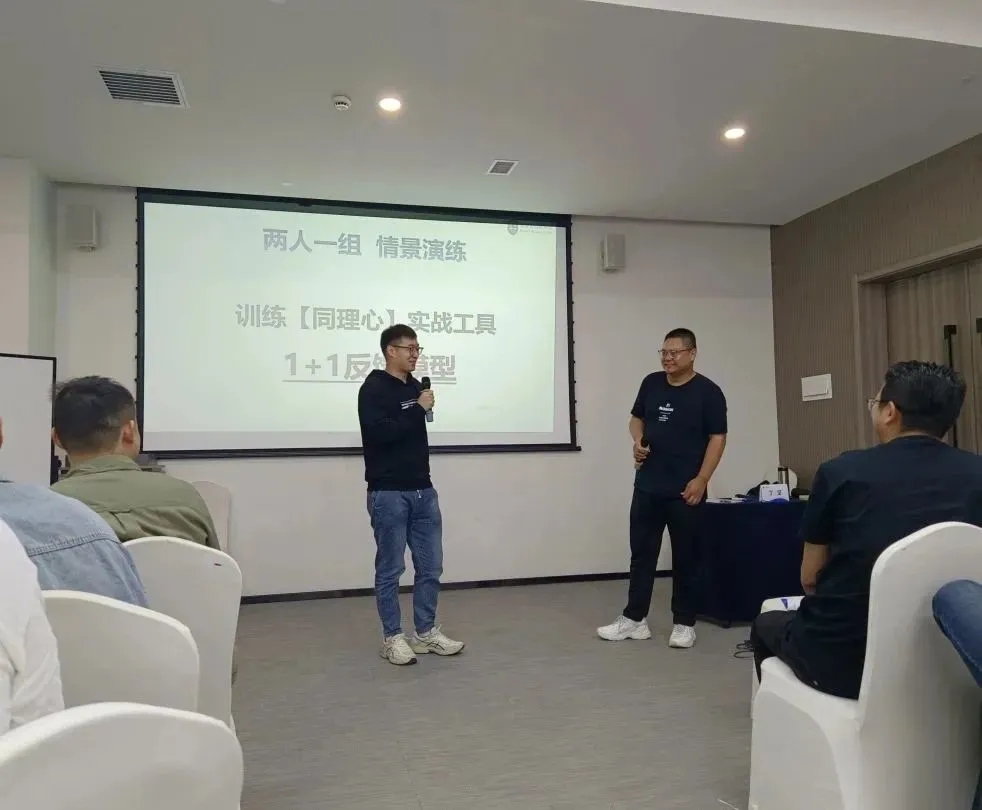
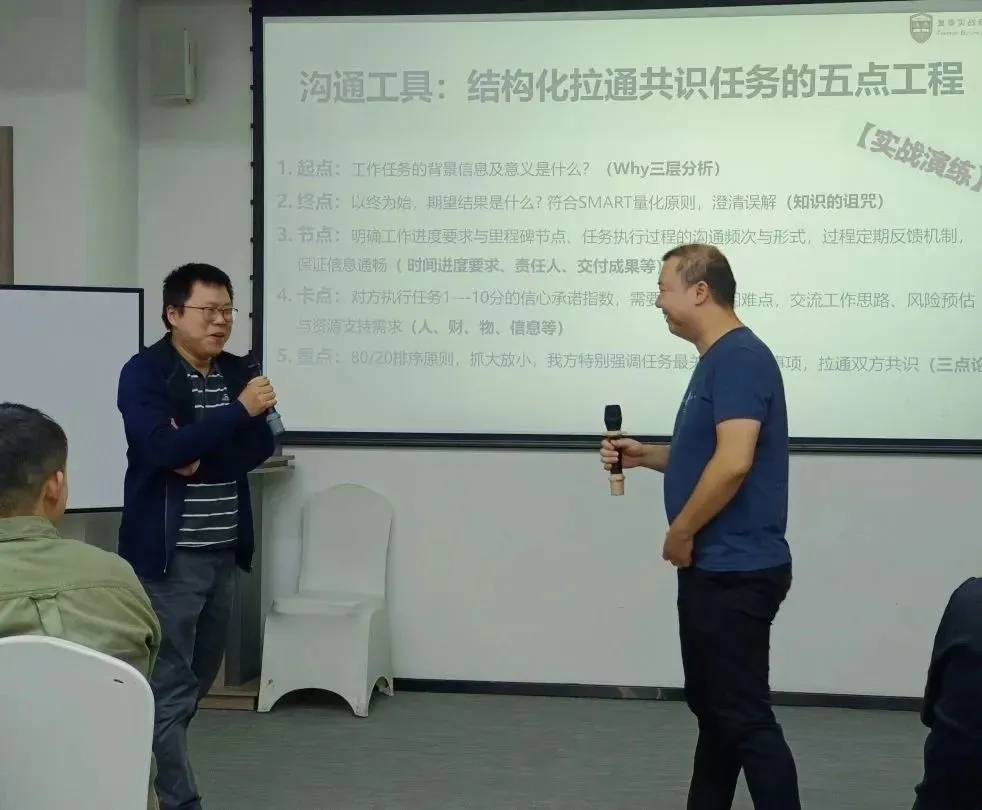
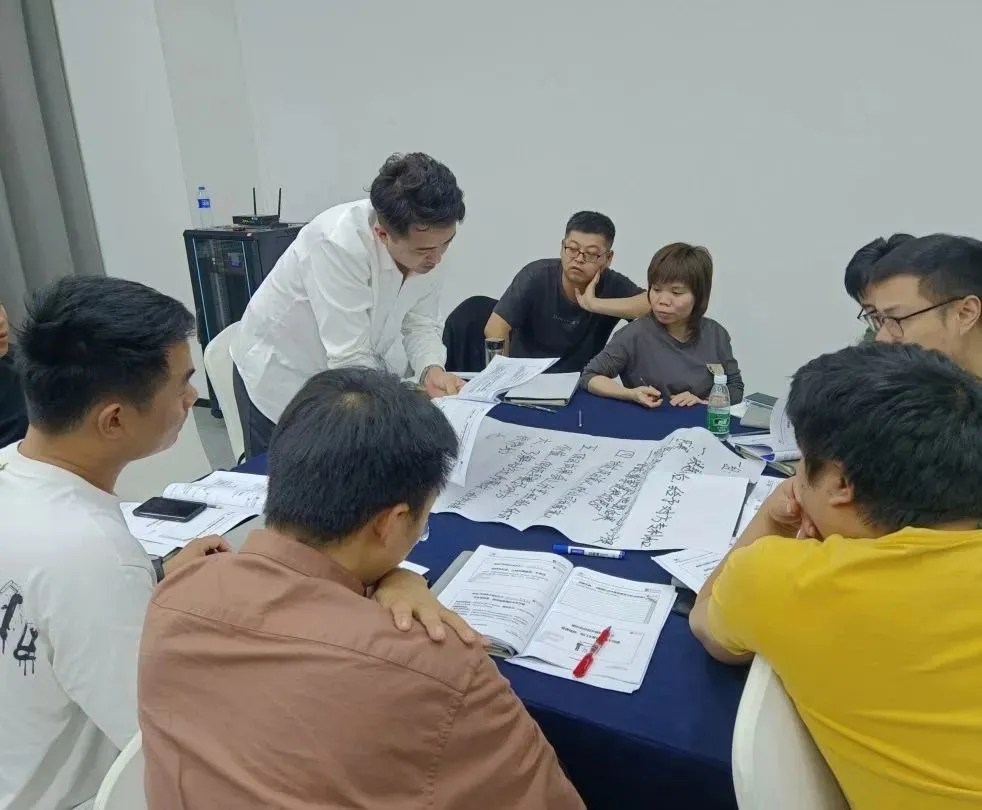
Unit 2: Winning through Communication
Master the basic skills of the communication triangle
The Communication Triangle - The core logical framework of communication
Function One: How to Listen Actively - Unearth the other party's inner "true needs" to achieve effective communication. During communication, distinguish and perceive the three key elements of the other party's interaction: What facts the other party is recounting, how they feel when recounting, and the underlying motivation of the other party when recounting. We need to analyze and make corresponding listening responses by collecting these signals. If the information provided by the other party is limited, we can use reverse narration, actively explore the implicit information, and interpret the other party's true expectations: by pointing out and responding to the other party's emotions + confirming key facts with the other party + clarifying the next action plan.
Function Two: Speak Well: Enhance clear and definite expression ability. The "three Haves" viewpoint of communication expression ability: Have an argument - express the theme with a clear goal, and draw a conclusion first. There are nodes - a clear logical framework structure, and the content to be expressed to the other party can be summarized in the form of a three-point theory. There are highlights - vivid and interesting communication content, and learn to express your viewpoints clearly in the form of storytelling.
Five key projects for structuring Consensus Tasks in Practical Communication tools:
1. Starting point: What is the background information and significance of the work task?
2. Endpoint: What is the result?
3. Nodes: Work progress, communication frequency, regular feedback;
4. Bottlenecks: Work difficulties, risks and support needs;
5. Key Points: Emphasize key matters.
Function 3: Creating an Atmosphere - Establishing a friendly and harmonious communication relationship. First of all, praise acts as a lubricant. By describing the details of the facts and exploring the underlying reasons, the influence effect is elevated. By borrowing a third party, through the form of question-and-answer praise, the contrast praise is used to elevate others. Secondly, give the other party the right to make independent choices and a sense of control. People prefer to make decisions in their own hands.
The morning training session was well-organized and intense. The teacher explained the content of the first and second units of the training. The afternoon session began with excitement and fun. The teacher used a small game about communication - You Guess, I guess - to make everyone look forward to the afternoon session - and then explained the content of the third unit.
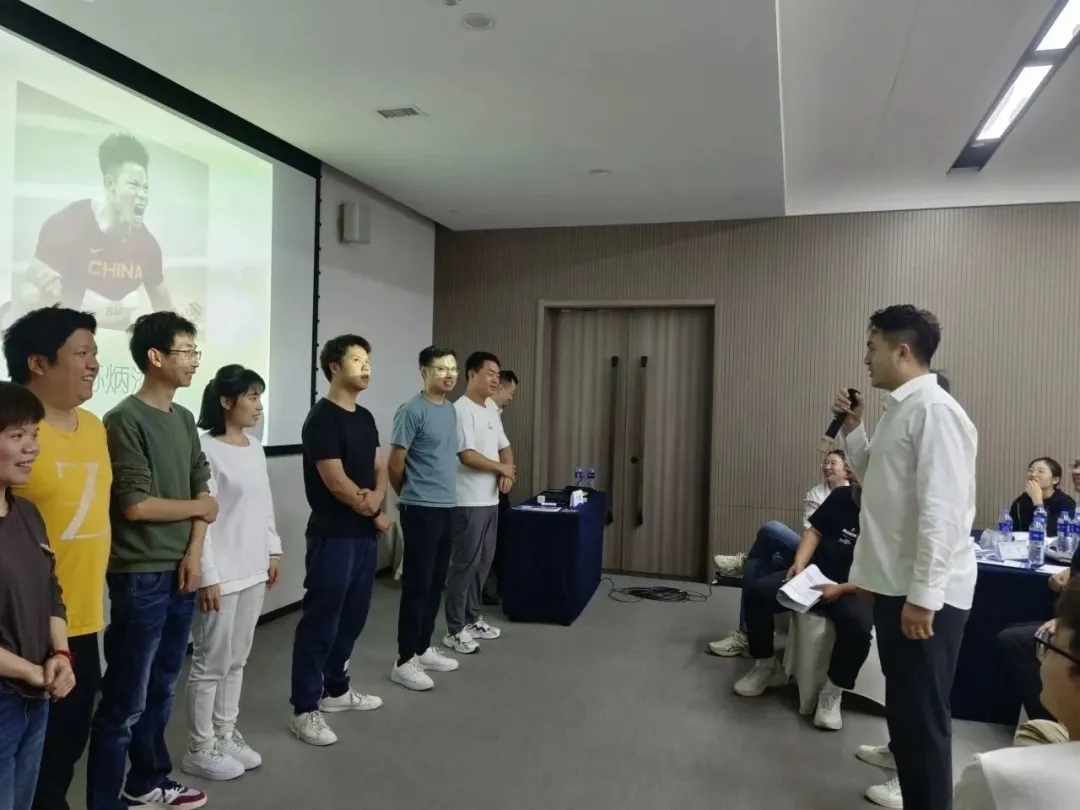
Unit 3: Organizational Synergy
Upward, horizontal and downward communication skills
I. Upward Management: How to Communicate and Report to Superiors and Promote the 131 Culture
When posing a sharp question to your leader, prepare at least three sets of plans each time, summarize one key proposal, proactively report your work progress, and speak with data and facts. Remember, you can file a complaint with your superior but not report to them. It is allowed to conduct inspections beyond the current level but not to give instructions beyond the current level. When one's own ideas differ from the leader's viewpoints at work, it is necessary for us to carry weight in our words so that the leader will listen. The weight of our words is accumulated over time in our daily work. Then, we need to express different suggestions in a tactful way, such as choosing an appropriate time and place, using flattery or relying on a third party, and before the leader makes a formal decision, You can offer suggestions. Once it becomes a formal decision, it's no longer appropriate to make different suggestions. Just go ahead and implement them. Then, if you encounter any problems, you can report and communicate with your superiors.
Ii. Win-win Collaboration: Role Transformation in Cross-departmental Communication
Transform yourself into a super salesman, persevere until you succeed. Whoever wants to progress, whoever wants to change, whoever changes first and takes the lead. When communicating across departments, it is necessary to offer benefits to the other party. First, use your own resource allocation to implement the cooperation plan and meet a certain interest demand point of the other party. Then, request the other party to utilize their resource allocation to implement the cooperation plan and support your interest demand point. Secondly, give the other party meaning, illuminate the other party, let the other party be seen, and do not seek credit. Finally, clear the obstacles for the other party, do your best to help them reduce the workload and complexity.
Iii. Management Empowerment: How Do Department Heads Communicate with Their Subordinates
How can we make employees recognize their mistakes while still maintaining their enthusiasm for work when they make mistakes?
Use the five-step method:
Define the topic of the conversation;
2. Describe the specific details and objective facts of the adverse event;
3. Indicate the negative impact of adverse events on the team and oneself;
4. Discuss and analyze the reasons together, and guide the other party to voluntarily propose a commitment to improvement actions.
5. Express expectations, provide resource support and assistance.
As a superior leader, one should transform from a traditional manager to a coached one. Managers should learn to raise high-quality questions. By constantly posing good questions, they can enhance employees' awareness of details and help them build a sense of responsibility to solve problems. Communication tool: Leaders rely on the GROW model to give employees a mirror to see themselves: Goals- Confirm goals; Reality- Clarify the current situation; Options- Selection Strategy Will- Strengthen the will.
Finally, the day's course ended with the PPT summarized by the teacher. After each training session, each team would accumulate points. The teams with higher final points in this training were fortunate enough to receive gifts prepared in advance by Teacher Ding Jian. However, the teams with lower points also had a small surprise. Regardless of the points, all the trainees actively participated and had a great time. The trainees have gained knowledge and at the same time, their work motivation and desire to learn have been stimulated.
